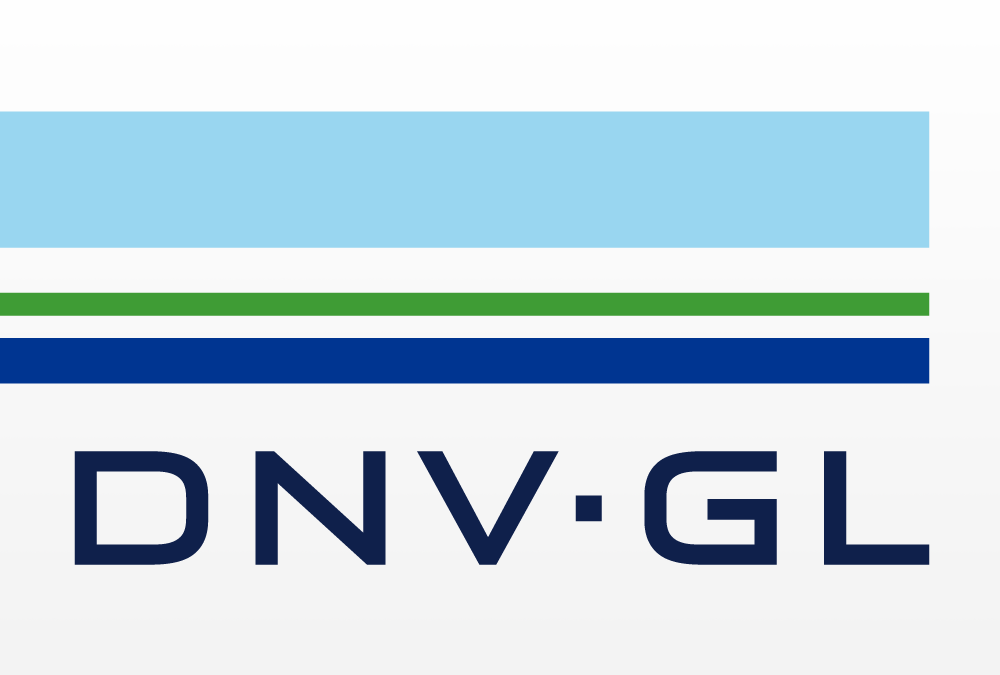Geopolitical uncertainties could hamper the International Maritime Organization’s plans to fix a carbon levy at the upcoming Marine Environment Protection Committee 83rd Meeting in April, classification society DNV’s Maritime CEO Knut Ørbeck-Nilssen told Platts, part of S&P Global Commodity Insights, in an interview earlier this week.
“In 2025, the uncertainty in general has increased,” he told Platts on the sidelines of the Singapore Maritime Week.
“Normally I would say there is an 80% chance of success for the IMO to move forward [with measures]. However, now maybe the 20% is a little bit more, say uncertain, and could be bigger. So let’s see what will happen.”
Decarbonization efforts might take a backseat in the minds of some of the IMO members’ countries, amid added tariffs meted out by the US, alongside growing geopolitical uncertainties affecting policymaking and trade globally, said Ørbeck-Nilssen.
“Trade has really moved far up on the attention list,” he added.
This comes as all eyes are on the upcoming meeting at the IMO headquarters in London over April 7-11, which is widely expected to set concrete mid-term measures for the maritime industry to achieve net zero by or around 2050.
Measures to be discussed include a goal-based marine fuel standard to mandate the use of lower-emission fuels and a global maritime emissions pricing mechanism.
“The fuel standard, I think that’s probably going to come through in full force,” he said.
Key hurdles
However, supply, infrastructure availability and cost will remain the key drivers for alternative marine fuel adoption in the industry, Ørbeck-Nilssen said.
For instance, LNG was preferred over methanol as an alternative marine fuel last year, with the number of LNG-capable vessel orders more than doubled to 264, while methanol-capable orders grew 4% to 166, DNV’s research showed.
This was more apparent in the container, as well as pure car and truck carriers segments, Ørbeck-Nilssen said.
“It was a realization that LNG, as fuel, is available in many of the ports these vessel types trade in, and there was a growing concern that the green methanol would be difficult to obtain, and also more costly,” he added.
Platts assessed Singapore-delivered low-carbon methanol marine fuel at $1,020/mt March 26, or $1,945.12/mtVLSFOe. Meanwhile, Singapore-delivered 0.5% sulfur marine fuel or VLSFO was assessed at $517/mt on the same date.
Dual-fuel engines are also less feasible for carrier types like tankers and bulkers — which are mostly used for tramp trades — due to uncertainties over the availability of alternative fuel supply and infrastructure at destination ports.
“Obviously, if you don’t know exactly where you’re going, it’s going to be very difficult to plan your fuel source,” said Ørbeck-Nilssen.
Challenges to such capacity and route planning may also be exacerbated by geopolitical uncertainties, he said, citing how reroutes away from the Red Sea had a major impact on the global shipping industry.
Technology push
Technology will also have to play a big role in the sector’s decarbonization efforts, not just on board ships but on the port side and refineries as well, said Ørbeck-Nilssen.
For instance, onboard carbon capture could be a suitable way to cut emissions, especially for ships without engines that can use alternative fuels, he said, adding that 92% of the global fleet is still sailing on conventional fuels.
Other systemic challenges — such as the availability of CO2 receiving infrastructure at ports, transfer costs, and how the emission cuts will be credited along the supply chain — would also need to be resolved as the technology matures, he added.
“It’s not straightforward, but I’m quite optimistic that at least for the major ports, and especially maybe for those vessel types that go more A to B, like container shipping, it could be a good way forward.”
He added that adopting energy-efficient measures — such as slow steaming and hull and propeller cleaning — would bring immediate benefits in the near term.
Green investments
In the meantime, he expects investments in green vessels and energy-efficient technology to be bolstered by the FuelEU Maritime regulation that kicked in this year, which allows companies to pool emissions of multiple ships to meet the regulatory requirements.
For instance, larger companies may be incentivized to bring in new green ships, as they can compensate for the emission cut deficit of its older vessels, he said.
“That has a commercial value. So that would bring value to the one who is investing into a greener ship,” said Ørbeck-Nilssen.
“That’s sort of the incentive mechanism that drives investments into greener vessels.”
FuelEU Maritime targets a 2% decrease in greenhouse gas intensity by 2025, progressively increasing to an 80% reduction by 2050, by limiting the yearly average well-to-wake GHG intensity of ships above 5,000 gross tonnage calling at European ports.
Source: Platts






